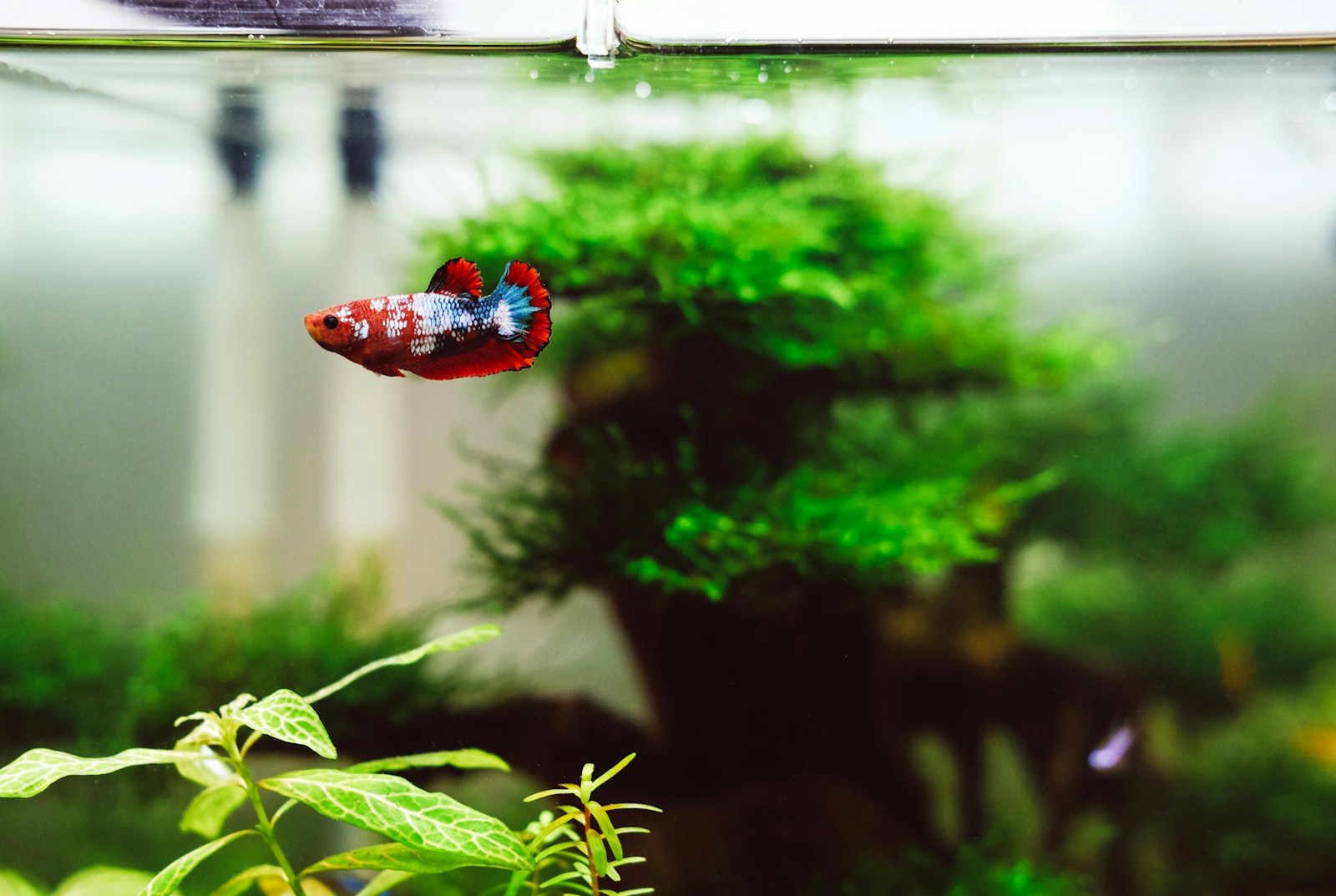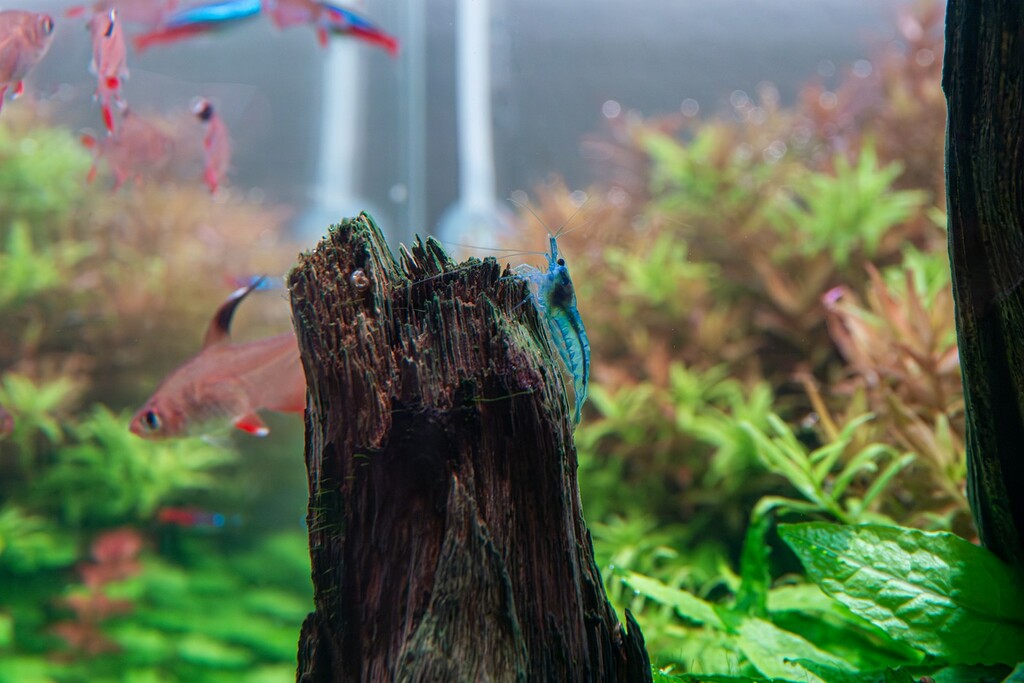

Aqua scaping is a captivating blend of art and science that transforms ordinary aquariums into stunning underwater landscapes. This practice involves the careful arrangement of aquatic plants, rocks, driftwood, and other natural elements to create visually appealing environments that mimic nature. The term “aqua scaping” encompasses a wide range of styles and techniques, from the minimalist approach of Japanese Zen gardens to the lush, vibrant jungles found in biotope aquariums.
As more enthusiasts embrace this hobby, the appreciation for the aesthetic and ecological aspects of aqua scaping continues to grow. The allure of aqua scaping lies not only in its visual appeal but also in the therapeutic benefits it offers. Engaging with nature, even in a small aquarium, can provide a sense of tranquility and relaxation.
The rhythmic movement of fish, the gentle sway of aquatic plants, and the interplay of light and shadow create a serene environment that can alleviate stress. Moreover, aqua scaping encourages a deeper understanding of aquatic ecosystems, fostering a sense of responsibility towards preserving these delicate environments. As individuals embark on their aqua scaping journey, they discover a world rich in creativity, biology, and sustainability.
Key Takeaways
- Aqua scaping is the art of arranging aquatic plants, rocks, and other elements in an aquarium to create a visually appealing underwater landscape.
- Freshwater aqua scaping involves using natural elements like driftwood, rocks, and live plants to create a natural-looking environment for fish and other aquatic life.
- Understanding the principles of aquarium design, such as balance, focal points, and scale, is essential for creating a visually pleasing aqua scape.
- When choosing plants and fish for aqua scaping, it’s important to consider their compatibility, size, and care requirements to ensure a healthy and balanced ecosystem.
- Creating a natural aquatic ecosystem in an aqua scape involves mimicking the natural habitat of the fish and plants, including providing adequate filtration, lighting, and water parameters.
The Basics of Freshwater Aqua Scaping
Choosing the Right Tank Size and Shape
The foundation of a successful freshwater aquarium begins with selecting the right tank size and shape. While larger tanks offer more stability in terms of water parameters, smaller tanks can be just as rewarding when designed thoughtfully.
Selecting the Perfect Substrate
A common choice for beginners is a 20-gallon tank, which provides ample space for both plants and fish while remaining manageable. Once the tank is established, the next step involves selecting a substrate that supports plant growth. Options range from nutrient-rich soils to inert gravels, each with its own advantages and disadvantages. Nutrient-rich substrates promote healthy root development and plant growth, while inert gravels may require additional fertilization.
Understanding the Importance of Lighting
Additionally, understanding the importance of lighting is crucial; different plants have varying light requirements, and providing the right spectrum and intensity can significantly impact their health and growth. A well-planned lighting schedule mimics natural day-night cycles, further enhancing the aquarium’s ecosystem.
Understanding the Art of Aquarium Design
Designing an aquarium is akin to creating a three-dimensional painting where every element plays a vital role in achieving harmony and balance. The principles of design—such as focal points, balance, contrast, and proportion—are essential in aqua scaping. A focal point draws the viewer’s eye and can be created using larger rocks or unique driftwood pieces.
This element should be strategically placed to guide the viewer’s gaze throughout the aquarium, creating a sense of depth and intrigue. Balance is another critical aspect of aquarium design. This can be achieved through symmetry or asymmetry; both approaches can yield stunning results when executed thoughtfully.
For instance, a symmetrical layout may feature identical plant arrangements on either side of the tank, while an asymmetrical design might incorporate varying heights and textures to create visual interest. Contrast plays a significant role as well; combining different colors, shapes, and sizes can enhance the overall aesthetic appeal. Proportion is equally important; larger tanks can accommodate more substantial elements without overwhelming the viewer, while smaller tanks require careful consideration to avoid clutter.
Choosing the Right Plants and Fish for Aqua Scaping
Selecting the appropriate plants and fish is crucial for creating a thriving aqua scape that not only looks beautiful but also functions effectively as an ecosystem. When choosing plants, it is essential to consider their growth habits, light requirements, and compatibility with other species in the aquarium. Popular choices for freshwater aqua scaping include Anubias, Java Fern, and various species of Cryptocoryne.
These plants are known for their hardiness and adaptability, making them ideal for beginners. In addition to plants, selecting compatible fish species is vital for maintaining harmony within the aquarium. Community tanks often feature peaceful species such as Neon Tetras, Guppies, or Corydoras Catfish that coexist well with plants while adding movement and color to the environment.
It is essential to research each species’ behavior, size, and dietary needs to ensure they thrive in their new habitat. Furthermore, considering the biotope concept—where fish and plants are chosen based on their natural habitats—can enhance the authenticity of the aqua scape while promoting ecological balance.
Creating a Natural Aquatic Ecosystem
A successful aqua scape goes beyond aesthetics; it aims to replicate a natural aquatic ecosystem where plants and fish coexist harmoniously. To achieve this balance, it is essential to understand the nitrogen cycle—a fundamental process that converts harmful ammonia from fish waste into less toxic nitrates through beneficial bacteria. Establishing this cycle before introducing fish is crucial for maintaining water quality and ensuring a healthy environment.
Incorporating elements such as filtration systems, aeration devices, and live plants contributes to creating a self-sustaining ecosystem. Filtration systems help remove debris and toxins from the water while providing oxygenation through surface agitation. Live plants play a dual role; they not only enhance the visual appeal but also absorb excess nutrients and produce oxygen during photosynthesis.
This symbiotic relationship between plants and fish fosters a balanced environment where both can thrive.
Maintaining and Caring for an Aqua Scaped Aquarium


Regular maintenance is essential for preserving the beauty and health of an aqua scaped aquarium. This includes routine tasks such as water changes, trimming plants, and monitoring water parameters like pH, ammonia, nitrite, and nitrate levels. Performing partial water changes—typically 10-20% weekly—helps remove accumulated waste while replenishing essential minerals that may be depleted over time.
Trimming plants is another critical aspect of maintenance that promotes healthy growth and prevents overcrowding. Regular pruning encourages bushier growth in stem plants while allowing light to reach lower leaves in larger specimens. Additionally, keeping an eye on algae growth is vital; while some algae are harmless and even beneficial in moderation, excessive growth can indicate imbalances in nutrients or lighting conditions.
Implementing strategies such as introducing algae-eating fish or adjusting lighting schedules can help manage algae levels effectively.
Tips and Tricks for Successful Aqua Scaping
Embarking on an aqua scaping journey can be both exciting and challenging; however, several tips can enhance the likelihood of success. One fundamental principle is to start small—beginning with a smaller tank allows beginners to experiment with different designs without feeling overwhelmed. As confidence grows, hobbyists can gradually scale up to larger aquariums.
Another valuable tip is to plan before planting; sketching out designs on paper or using digital tools can help visualize how different elements will fit together within the tank. This planning phase allows for adjustments before committing to any permanent arrangements. Additionally, patience is key in aqua scaping; allowing plants time to establish roots before introducing fish ensures a stable environment that minimizes stress for all inhabitants.
The Benefits of Aqua Scaping for Fish and Plant Health
Aqua scaping offers numerous benefits not only for aesthetic enjoyment but also for the health of both fish and plants within the aquarium ecosystem. A well-designed aqua scape provides hiding spots and shelter for fish, reducing stress levels and promoting natural behaviors such as breeding or foraging. The presence of live plants contributes significantly to water quality by absorbing excess nutrients that could lead to algae blooms while producing oxygen essential for fish survival.
Moreover, engaging in aqua scaping fosters a deeper connection with nature and encourages responsible practices among hobbyists.
By understanding the intricacies of aquatic ecosystems, individuals become more aware of environmental issues affecting natural habitats worldwide.
This awareness often translates into advocacy for conservation efforts aimed at preserving aquatic ecosystems both locally and globally.
In conclusion, aqua scaping is an enriching hobby that combines creativity with ecological awareness.
By understanding its principles—from design fundamentals to plant selection—enthusiasts can create beautiful underwater landscapes that thrive as self-sustaining ecosystems while providing numerous benefits for both fish and plants alike.











